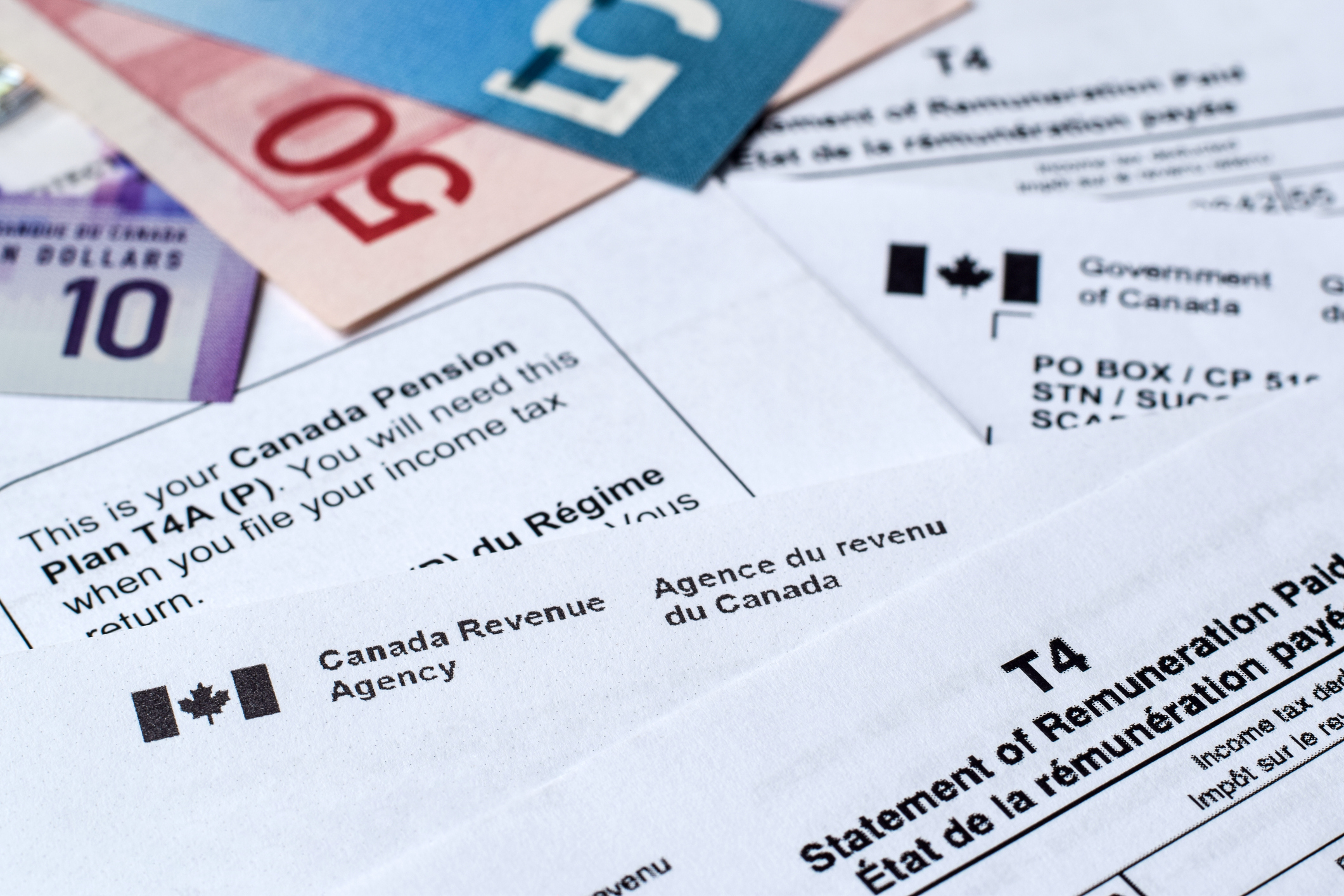Tax Planning & Preparation
What You Need To Know About Charitable Donation Tax Credit
November 16, 2023

Giving donations to a charity gives you a feeling of contentment, giving back to the community. You could donate to any cause you support, for stray dogs, education, poverty, health, or food assistance. There are several charitable organizations in Canada working on different causes. But if you donate to a charity registered with the Canada Revenue Agency (CRA), you could even reduce your tax bill by claiming the Charitable Donation Tax Credit (CDTC).
As it is a tax credit, you can deduct a certain percentage of the donation amount from your total tax bill.
What is Charitable Donation Tax Credit
The CRA introduced the charitable donation tax credit to encourage people to donate and make it easier for charitable organizations to get donations. It registered several charitable organizations, making them eligible to give their donees the CDTC benefit.
Anyone who gives charitable donations of any amount to registered charities in cash or kind (property, stocks, cultural and ecological gifts, insurance policies) can claim CDTC. The CRA defines a donation as a gift for which you get nothing in return other than the tax credit. If you get any consideration in return, you are required to deduct that from the donation amount when claiming CDTC.
How much tax credit can you get on donations? The CDTC starts with a 15% tax credit on the first $200 and 29% on any amount above that. You can get a maximum of 33% tax credit on the donated amount. And this is just the federal tax credit. Each Canadian province has a different donation credit. According to the CRA, you can get a maximum provincial tax credit of 24% on donations.
The CRA gives you many options to make the most of your donations. This article will discuss how to make the most of this tax benefit.
How Does Charitable Donation Tax Credit Work?
Once you choose your charitable organization, you can give any amount of donation that you are comfortable with. The organization will send you the donation receipt within 30 days, which you can use to claim the donation tax credit when filing your returns. If you donate a non-cash property, you can claim the tax credit on the property value of more than $500.
For instance, Samantha donates $450 to a pet care charity registered with the CRA. She can claim a federal tax credit of $102.5:
15% of $200 = $30
+29% of $250 = $72.5
Here, Samantha claimed 22.7% of her donation as a tax credit. She can increase her tax benefit by not claiming this amount in the same year and accumulating the tax credits.
The CRA allows you to carry forward your donations for up to five years and claim CDTC on a larger donation amount.
If Samantha donates $450 yearly to the charity, her donation amount would be $2,250 after five years. If she claims the tax credit on this amount, the total comes to $624.5 ($30 on the first $200 and $594.5 (29%) on the remaining $2,050). This way, Samantha claimed 27.7% of her donated amount in federal tax credit. The provincial tax credit is separate.
Three things you should keep in mind about CDTC:
- In a financial year, you can claim up to 75% of your net income in CDTC. However, if you carry forward donations from previous years, you can exceed the 75% threshold.
- The CDTC is a non-refundable tax credit. If your tax bill is $500 and you have CDTC worth $700, you can only reduce your tax bill to $0. You cannot claim a $20 refund. It is better to claim that $200 next year.
- The CRA allows you to transfer some or all of your donations to a spouse or common-law partner. In the above case, you can transfer the $200 surplus CDTC to your spouse and allow them to claim that credit.
How to Maximize Tax Benefit on Donations
Now that you know the clauses of the CDTC, let’s see how you can maximize your tax benefits on donations using different scenarios.
For instance, Tony and Jessica are married. Tony gives a $300 donation to a food assistance charity, and Jessica gives $250 to a health charity. If the two claim the CDTC on their donations separately:
Tony: 15% on $200 + 29% on $100 = $59
Jessica: 15% on $200 + 29% on $50 = $44.5
The total comes to $103.5 on a $450 donation.
By combining their donations, they can claim a CDTC of $105.5. They can increase this credit by accumulating their donations (carry forward) and pooling them later for a higher tax credit.
How To Claim This Tax Credit?
To claim the charitable donation tax credit, complete the Schedule 9 form when filing your annual returns. You will need the original donation receipt issued by the registered charity and other supporting documents like cheques, pledge forms, and bank statements. If you donated the amount through your employer or pension, add it to T4, T4A, T3, and T5013 income tax slips or on partnership financial statements.
The tax receipt of your donation issued by the registered charity must include the following details:
- Name and address: Charity and donor
- Details of the donation: Amount, date of receiving the donation, any advantage received by the donor (value and description)
- Receipt: Serial number, date and place of issuing the receipt
- Details of charity: Charity’s registration number on the CRA website, Signature from the registered charity
- Non-cash donation: Description of the gift and appraiser’s name and address who appraised the gift value.
It is recommended to store these documents for at least six years if the CRA requests proof of the donations.
Contact DDL & Co. in the Niagara Region to Help You With Tax Credits
A professional accountant can guide you on several tax credits and deductions you are eligible for and help you prepare all the necessary documentation to claim those benefits. The experts can even guide you on how to make the most of these benefits. To learn more about how DDL & Co. in St. Catharines can provide you with your tax planning, contact us online or by telephone at 905-680-8669.



